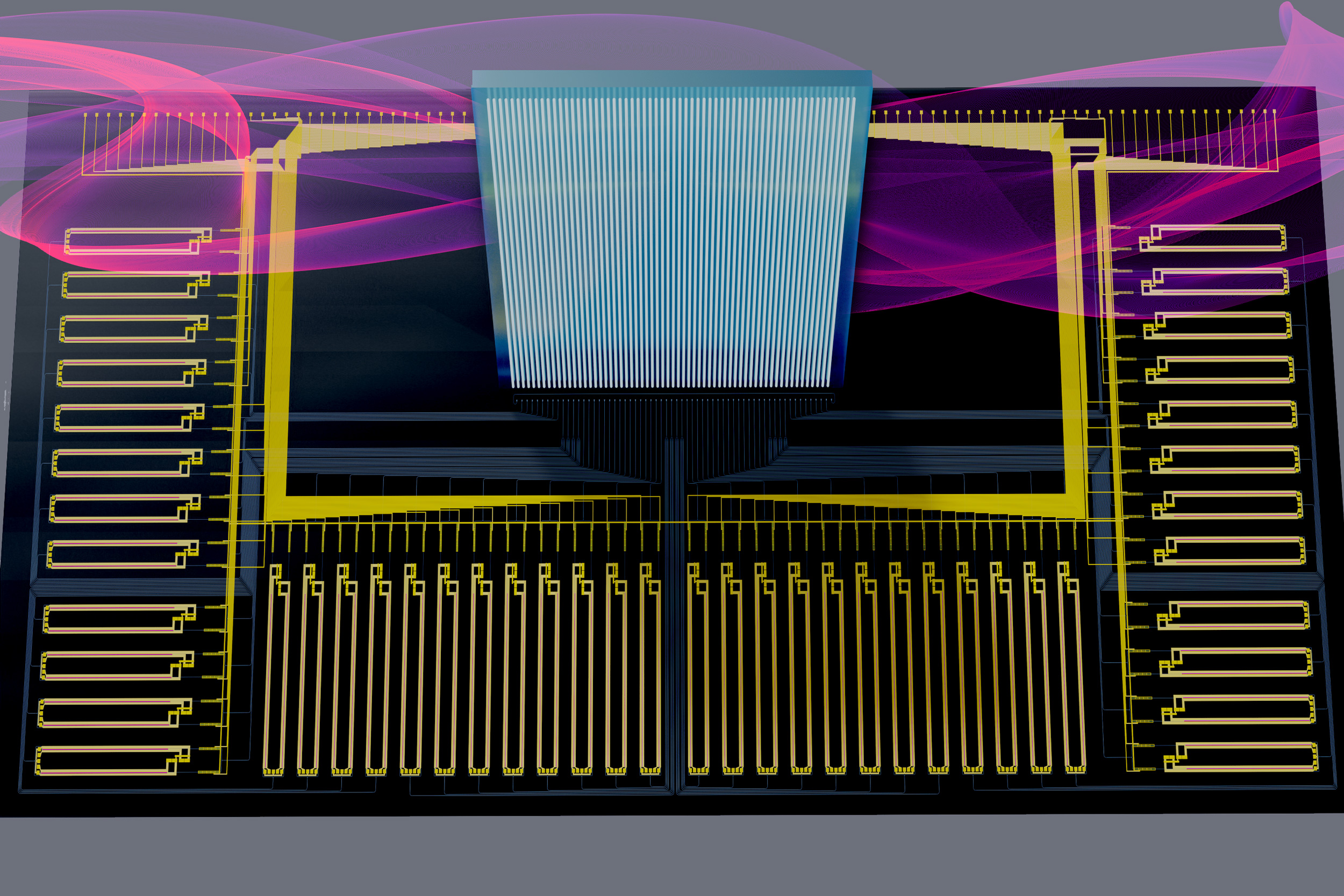Accelerating AI tasks while preserving data security
With the proliferation of computationally intensive machine-learning applications, such as chatbots that perform real-time language translation, device manufacturers often incorporate specialized hardware components to rapidly move and process the massive amounts of data these systems demand.
Choosing the best design …




